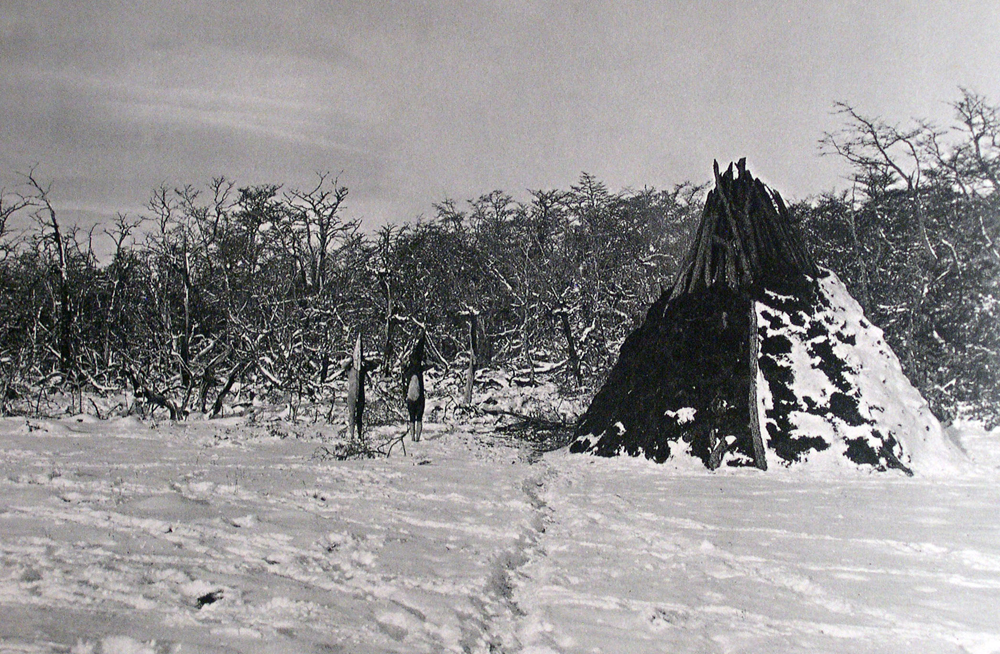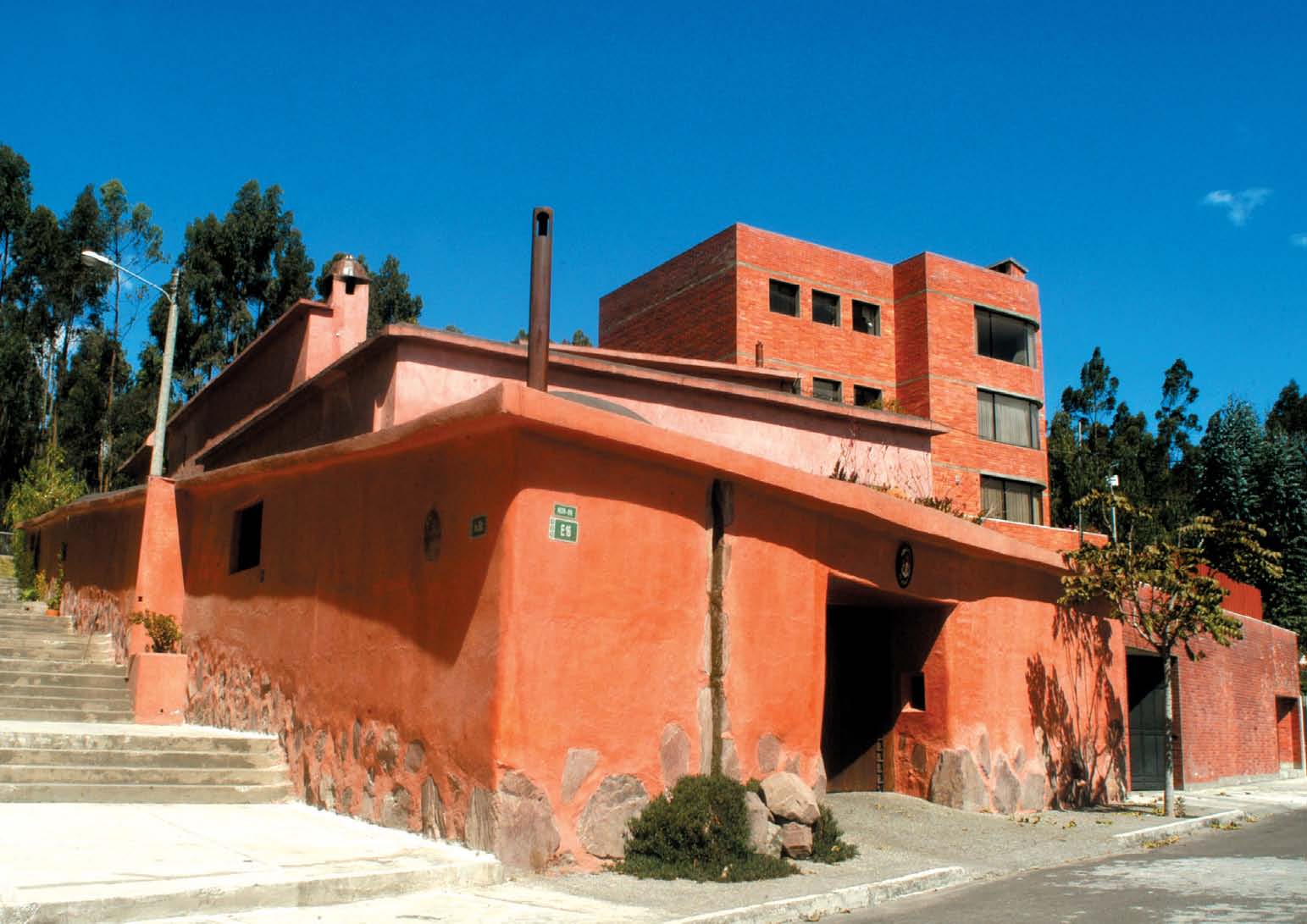Emilio de la Cerda: Let's start by talking about how research is carried out and knowledge is constructed in the 'creative field.' In your experience, when can we say that a creative discipline has been expanded?
Teaching Is a Virtuous Combination of Enthusiasm and Rigor
Architect, researcher, scholar, and cultural manager Fernando Pérez Oyarzún (Chile, 1950) was director of the Museo Nacional de Bellas Artes in Santiago (2019-2023) and was awarded the National Architecture Prize 2022. He has been a scholar since 1974 at the Universidad Católica de Chile, holding chairs such as Workshop, Theory of Architecture, and History of Architecture.
He was director of the School of Architecture, dean of the Faculty of Architecture and Fine Arts, head of the doctoral program, and director of the Cultural Heritage program. He has developed and published extensive research on 20th-century Chilean architecture and is co-author of the fundamental book Los hechos de la arquitectura.
Fernando Pérez Oyarzún: When the Architecture section of the French Academy was created, the starting point for the emergence of the modern school of architecture, it was proposed that architecture should have the rigor of the work done by philosophers. That means that architecture is aspired to be a field of knowledge. For me, architectural knowledge—if by ‘knowledge’ we understand the capacity to solve problems—comes from the experience of construction. Construction is a human phenomenon in a profound sense: we are building animals, which marks us decisively and definitely. So, what we know about solving problems comes from that constructive experience. That is why I have always made an enormous effort not to separate theoretical discourse from the experience of construction and the project. The experience of the project is one of virtual construction; it is an anticipated construction.
Along that line of knowledge transmission being intimately linked to practical experience, we would like to ask you about the idea of ‘school.’ Understanding this concept not only as the place where something is taught or as the formal educational curricula, but also as the physical and temporal space where certain ideas converge. School as the place where a particular gaze is built collectively with enough strength to modify a state of things, opening new aspects to a discipline.
I find the ambiguity of the word 'school' particularly beautiful: meaning both a place where knowledge is transmitted and the place where knowledge, values, and convictions are shared. That is why a school has this collective dimension. A school never belongs to one person, it belongs to several people who somehow tend to be one in very different ways. For example, it would be wrong to think that there were no conflicts or tensions in the School of Valparaiso; however, it is a fairly homogeneous school, which is very recognizable by its language, its way of writing, drawing, and even speaking. On the other hand, the Bauhaus was like the school of conflict; that is to say, the shared aspect that constituted it as a school was the experimental eagerness or innovation, but they had very different forms and political and aesthetic sensibilities. So, one speaks of a school when something leaves a mark in time in some way. And that mark is partly recognizable by the disciples, that is, by those who were able to somehow give continuity to that school. Hence, to create a school is, precisely, to determine a place.
Given the role you have played for decades as an architect, at the head of institutions such as the School of Architecture, the Faculty, the Doctorate, the Heritage Center, and, currently, the Museo de Bellas Artes, we would like to ask you about the idea of the institution as a cultural project, as a place where knowledge is not only administered but also built, expanded, and linked to society.
This is a very interesting question, which I would approach from two sides. On the one hand, among the architects of the 20th century, perhaps one who strongly called attention to this term 'institution' was Louis Kahn. He has a famous reflection on designing a school that says, “I have to start as if from the institution to the school” and “In a teacher and a disciple under a tree lies the germinal school, with the minimum school and the essential school to the maximum.” This hints at an issue that we don’t always take into account, which is that, in all positions, architects build for institutions. For instance, a house is a family institution. Over time, I have come to the idea that an institution is something like a social construction: just as a house is made of bricks, an institution is made of people, but both respond to the condition of being a construction and, thus, have the same difficulties of construction.
You see, if a work of architecture requires imagination, creativity, effort and starting from scratch, so does an institution. Perhaps a failure in the contemporary management trend is that things are often too oriented toward efficiency and too little inclined to inspiration, and institutions need to be inspired, which is no easy task.
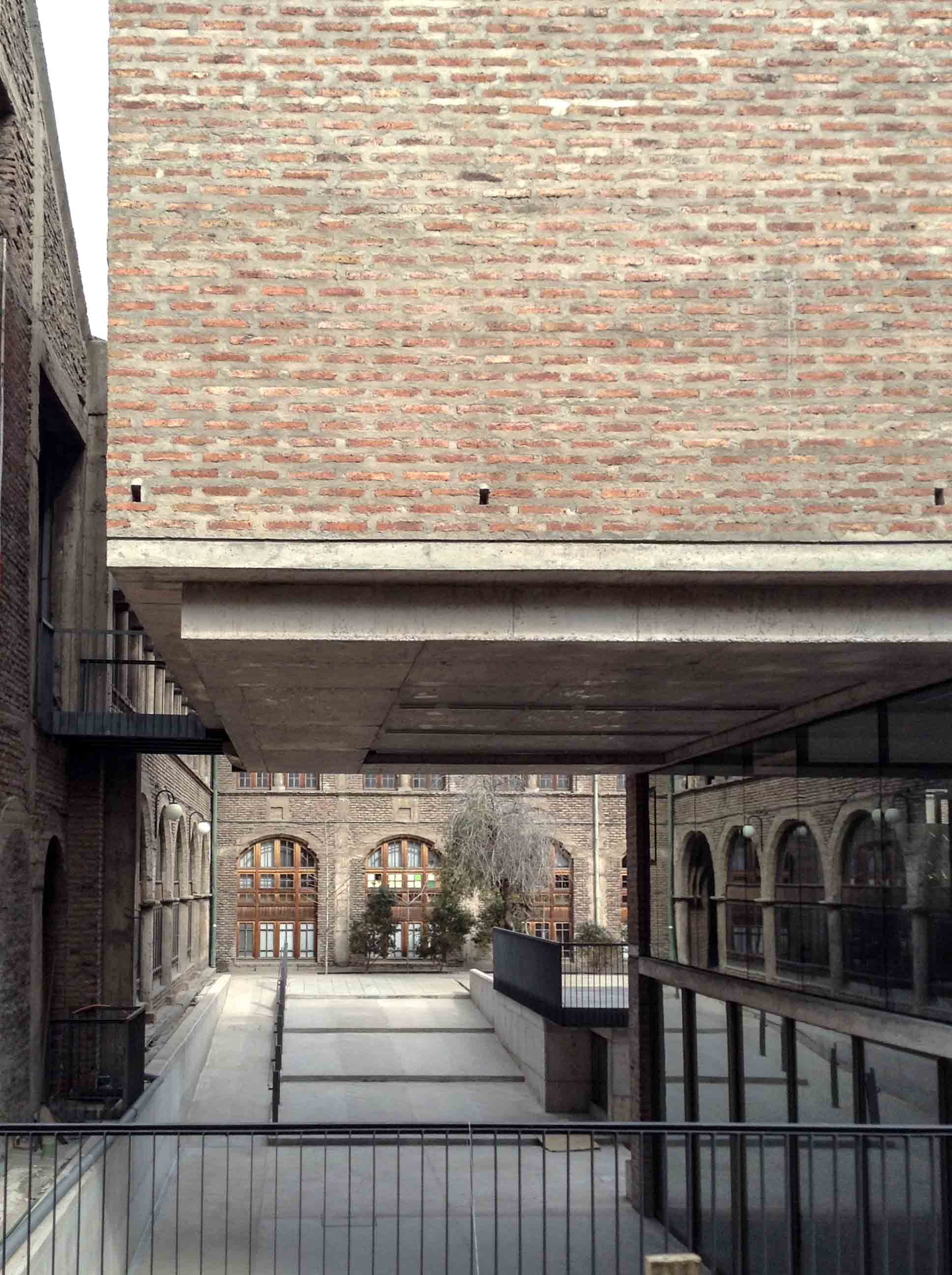
From the Peripheries
Let's now talk about the idea of center and periphery in the logic of knowledge construction. This is something that has been blurred in the last decades, as a series of innovative manifestations have emerged from places that did not have an internationally recognized avant-garde production before. We would like to ask you about the logic that explains such displacement.
Indeed, today many borders are becoming blurry and relationship schemes are being called into question. I believe that one of those is the center-periphery relationship, as well as the relationship between popular culture and learned culture. Many times, what we call "popular" or "peripheral" are relics of another moment that are interacting with the present, and this can happen in very creative ways. For example, the avant-garde of the 1920s went crazy with African art for reasons such as that they found a source. Stravinsky's Rite of Spring is an allusion to supposedly primitive rites. These things call into question the notion of linear progress in arts and culture.
Now, about the center and the periphery, some architects and scholars are strongly questioning these notions. Perhaps one of the most notable is the Argentine historian Francisco Liernur, who has long been in an effort to study what he calls the 'anti-canon,' which are those things that came from the periphery to the center. And this is a back-and-forth movement that often fertilized hybridizations and renovations in what we might call the central cultures.
On a closer scope, I would like you to tell us about your personal experience as an intellectual. Why have you assigned to rurality, your musical training, and the early contact with a world of ideas prior to your formal studies of architecture, a central role in your intellectual formation?
Perhaps what has most characterized my trajectory is the ability to sustain tension. For instance, since I was a child, I have been curious and interested in phenomena such as music, literature, and poetry. But, as you say, I lived in a rural world and I was passionate about that rhythm, that work, that concrete knowledge about horseshoes, crosses, irrigation, and animals. Understanding those worlds and being able to sustain the tension between concrete, natural, rhythmic questions, and imaginative and discursive questions always marked my path. This makes me think that one learns from what one can be interested in, because things are there, one can be interested in them or not.
From your experience as a professor of workshop and theory courses, can you tell us about how the knowledge of going from the diagnosis of a problem to the synthesis of the project is transmitted?
I think it is difficult to teach architecture, partly because of that tension between discourse and praxis. One could say that "teaching" architectural theory is easier because it is like teaching history or other disciplines, but in architecture, if you only do that and are not able to relate the discourse to specific architectural situations or cases, the discourse becomes, at best, a cultivation of an architect. So, although the discourse shares methods and forms of transmission with other disciplines, its relationship with the concrete world is more complex. In the sphere of the workshop, I had the fortune—or fatality—of teaching the courses of Introduction to Architecture and the first-year Workshop for several years.
That helped me a lot to understand these issues and I think that, in the case of the workshop, the complexity comes from the fact that it arises more from showing than from demonstrating. I sometimes said that the biggest effort is aimed at sharing a gaze, for if this does not happen, we cannot talk about anything because we will be speaking two languages. So, it is an effort of successive approach to sharing a gaze and hopefully stimulating in the student a dynamic that is both creative and personal. It is a virtuous combination of enthusiasm and rigor that one has to inject into the teaching of architecture, for enthusiasm alone often gives bland or shallow results. And rigor alone prevents architecture—or any kind of art—from emerging from that medium that has so many emotional and even erotic components. Without these components, it is quite impossible to reach a good level.
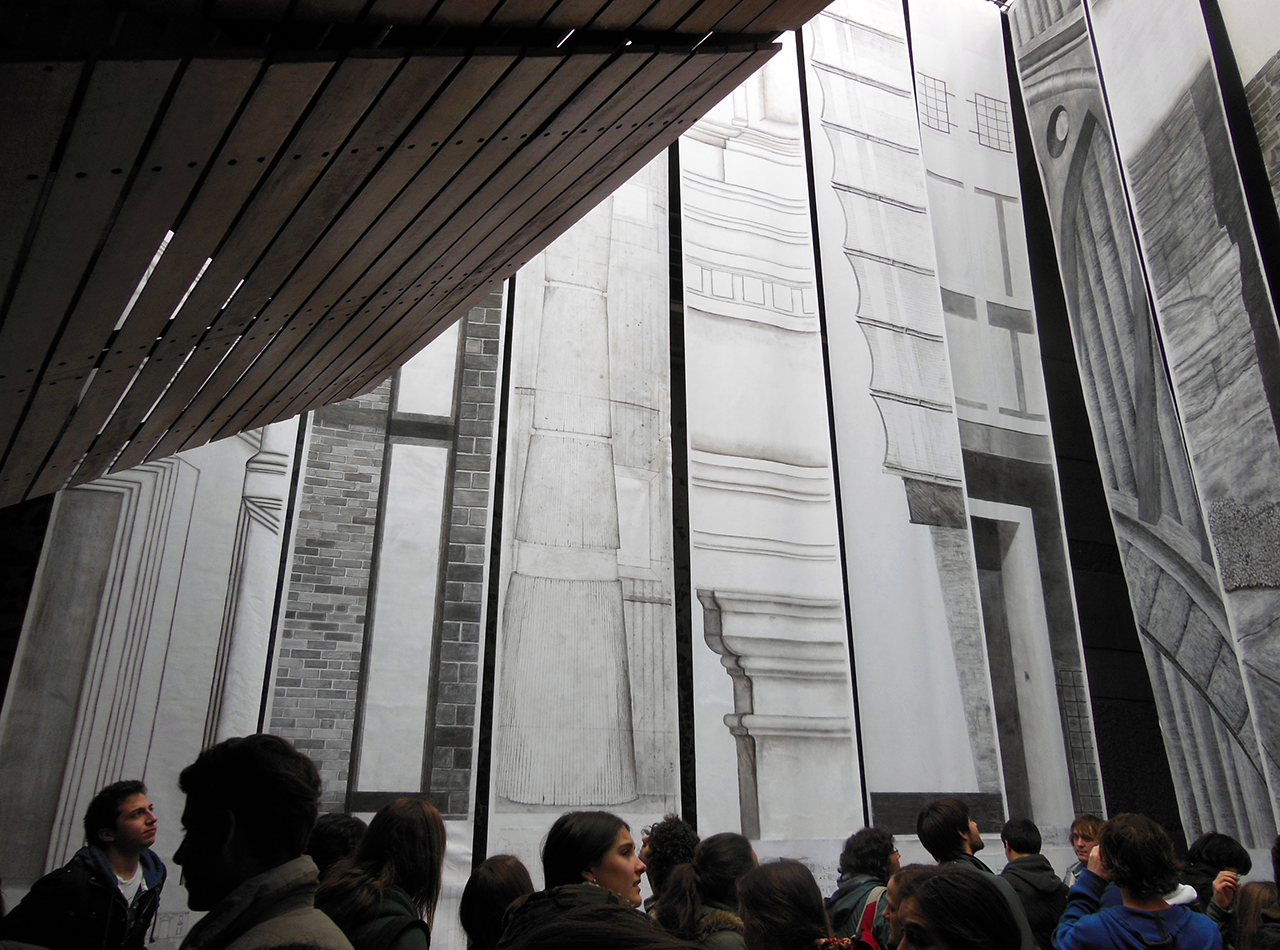


In the period you describe, when you were in charge of teaching the workshops and introduction to architecture, you teamed up with architects Alejandro Aravena and José Quintanilla. How were those ideas later channeled into the approach proposed in the referential book Los hechos de la arquitectura [The Facts of Architecture], which you co-authored with them? Thirty years later, how do you see its validity?
Thirty years is a lot and it is nice that you bring up the teams, in this case, José and Alejandro, because I worked with them in that course—with other people too, but with them for a long time—that is why we did the book together. I emphasize that architecture is a collective art because I believe that what I was able to do in the field of teaching, and even in projects, would not have been possible without the support of other very autonomous and intelligent people who were able to understand, criticize, assimilate, and develop those ideas. A second issue is that Los hechos de la arquitectura has this sort of core, which are the cases. But we must remember that the book has three more parts: a set of essays at the beginning, an anthology of classic texts at the end, and then there is the analytical index, which cost me some fights with the publisher, because in Chile there were practically no books with an analytical index, especially in the field of architecture. I insisted a lot because that is what makes it possible to trace a term throughout the book.
I would like to say that we did the book after I had stopped teaching that course; it was a kind of retrospective thinking and it reflects a very radical pedagogical change. When I started teaching that course, we worked on the basis of classical, canonical texts in architecture. I tried to link them to cases but realized that it was very difficult for the students to follow the path. Then, suddenly I said, why don't we try the other way around? I'm not going to start from the text, I'm going to start from the cases. And I think that, for those students who are interested in architecture and have a creative streak and analogical intelligence, the whole system worked. That shift allowed the course to flourish after several years, and that book is a reflection of that moment, that team, and that pedagogical change.
In your acceptance speech for the National Architecture Award, you said that the intelligence of a work lies in solving problems, that it is not a matter of choosing options but of generating them, and showing rather than talking about the idea. How have you approached construction and architectural design in concrete projects, with all this articulated gaze that you describe but facing the everyday complexities that a work presents?
I have done many projects in teams, and each team is different, the roles are distributed diversely in each case. So I would change the question to ‘How does one contribute to a project?’ Having spent so much time in academia, I might have taken a slightly more detached position on projects, thinking that you would have a team taking care of certain things. But I have never wanted that because it seems to me that, many times, it is in those other instances that fundamental issues are resolved, so, personally, I have been interested in everything: from the precision of the commission to the last administrative act, going through all the stages, with all their complexity. Architecture is quite ruthless; it is difficult to keep your bearings when you are on the site surrounded by rubble, with structural problems or issues with the workers.
Another aspect in which I may have contributed to different projects is placing them in a larger context. That means recognizing that a problem is similar to another one that was solved in this or that way, and, thus, I contribute to expanding the scope of the project. To quote my dear teacher Cirilo Vila, who used to say: Everything depends on the music you have in your ear. How much music do you have in your ear? Hence, how much architecture does one have in one's eye?
Besides all that, architecture also has to give account and reason for what it does: we have to act before clients, committees, assemblies, construction companies, and that forces us not only to invent something but also to give account and reason for that something. So, I think I should also say that I have strongly felt the responsibility of the project; this is a somewhat untouched aspect, but it is an ethical aspect of all projects.
Repositories with creative potential
I would now like to talk about the role of architectural archives, the registry of heritage. During your time as dean, it was your turn to lead the constitution of the Archive of Originals of the Faculty of Architecture and Fine Arts (now the Faculty of Architecture, Design and Urban Studies) of the Pontifical Catholic University of Chile. This generated a think tank where many archives of Chilean architecture, with a strong focus on 20th-century modernity, have allowed the building of new knowledge.
One of the greatest satisfactions is sowing a seed and seeing it fructified throughout a considerable period. We started the Archive approximately between 1994 and 1996. This had a very deep meaning, not only for architecture and other fields, but also for the university, because through this type of repositories filled with creative potential, they gain a third dimension, and that speaks of the complexity of the university. However, it was difficult to convince many people—inside and outside the university—of this significance. But by the fortunes of life, things worked out so that we were able to do it because it coincided with the centennial celebration of the School of Architecture. We saw it as an opportunity to do something that would remain for future generations. In addition, this was linked to the creation of a new building that was to house the library, an auditorium, and the archive. So, that was an element that articulated a set of things that I believe gave the university, its professors, its students, and its administrative staff, a certain weight, level, and density that I think we should aim to achieve for our culture, our countries, and societies.
Many architects recognize themselves as heirs of Fernando Pérez in one way or another. However, academic and professional practices teach that learning is a two-way street. I wanted to ask you about how those multiple trajectories of the teacher and the disciple enrich and become part of the professor and his practice.
Indeed, it is a two-way street. I remember when I began to devise a new way of teaching the first-year workshop. For me, it was an enormous effort to imagine an assignment for the students: to formulate it, write it down, and often spend time trying to find solutions for what I was proposing. I was leading workshops of 80 people, so, in that field, you launch a challenge and then it is the students’ turn, and the first lesson is that they could do things that you did not imagine. This dynamic is part of a fertilization cycle that introduces a virtuous process because, in a workshop, students learn not only from the teachers but also from each other, fiercely. So, I think an essential learning is to be surprised by how your ideas can bear fruits in talented students.
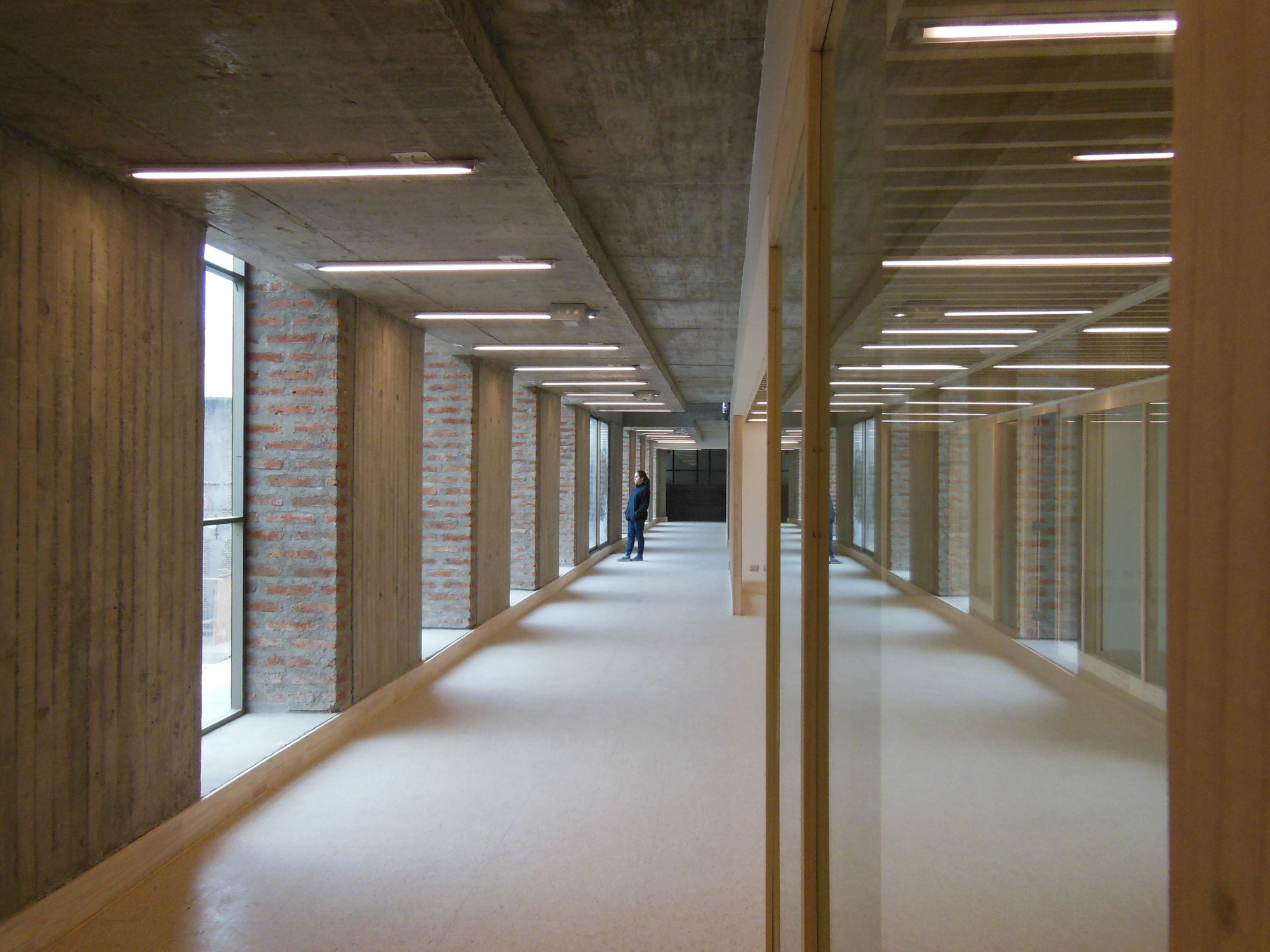
After all this professional journey and still being in full activity, if you had to define a common search, a binding force that connects the diversity of your career, what would be that concern?
Perhaps I could synthesize it in the idea of poetics, understanding it in the old Greek root of -poietic, which has to do with poiesis, which has to do with production. I would say that what fascinates me, in a way, at any level, is inspired production. That is why I consider it a privilege that something like the Museo de Bellas Artes might also have something to do with inspired production. I believe that the idea of being able to inspire an institution, even if just a little bit, to contribute to revitalizing it, with all that this implies, summarizes much of what I, consciously or unconsciously, have tried to do in the most diverse fields. I think that word—poetic—in a way sums it up.


